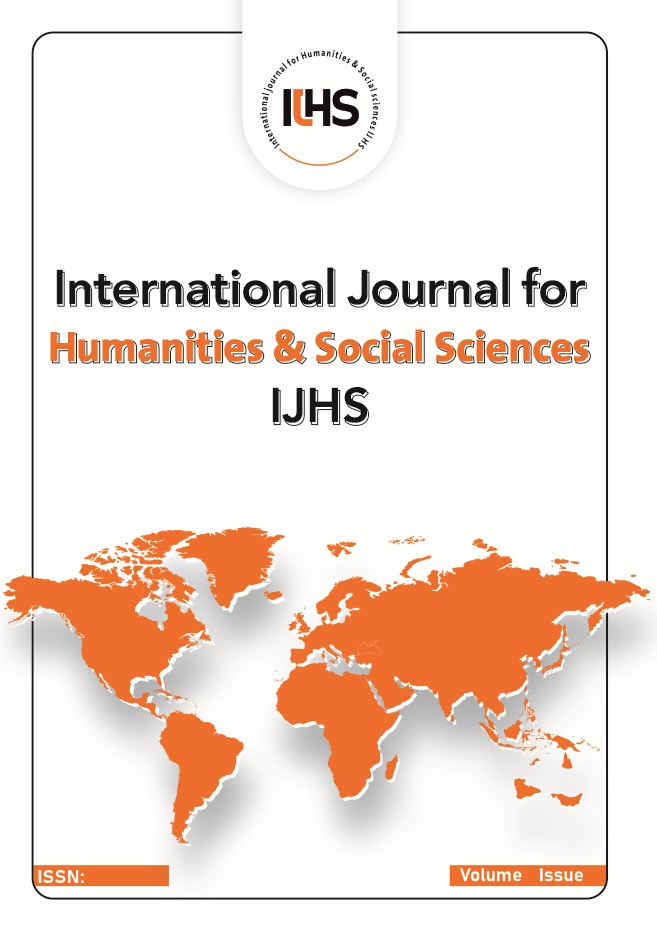The Symbolism of Irish Motherland in Eavan Boland’s selected poems: Postcolonial Perspective DOI:10.5281/zenodo.10659456
Main Article Content
Abstract
Symbolism is a conscious movement born in France as a reaction against naturalism; the word “Symbolism” was first used by Jean Moreaas in Le Figaro in 1886. On the other hand, Motherland, as a term that appeared around the late 14th century or the beginning of the 15th century, had the same meaning as fatherland, but the last is older, defined as the native country in which one was born. Eavan Boland made different explanations for motherland symbolism, such as the times (past, present, future), and occasionally Motherland refers to the language, literature, and general culture. This study aims to investigate the Irish Motherland’s symbolism in Eavan Boland’s selected poems and how she attempts to employ some Irish symbols to disclose their absent culture. Boland separates the symbols into two kinds, the first is traditional, and the second is a personal symbol. Traditional symbols, for instance, the “rose”, symbolize beauty or woman. In contrast, the poet devised personal symbols from traditional symbols for national purposes, to express the fleeting imitations passing through his mind or to convey his own sense of his life. Also the other purpose of this study is to study the features, principles, and conceptions of symbols in Boland’s poetry by the postcolonialism theory. This paper concluded that the colonizer deliberately hid the Irish Motherland’s symbolism to finish the Irish culture.

